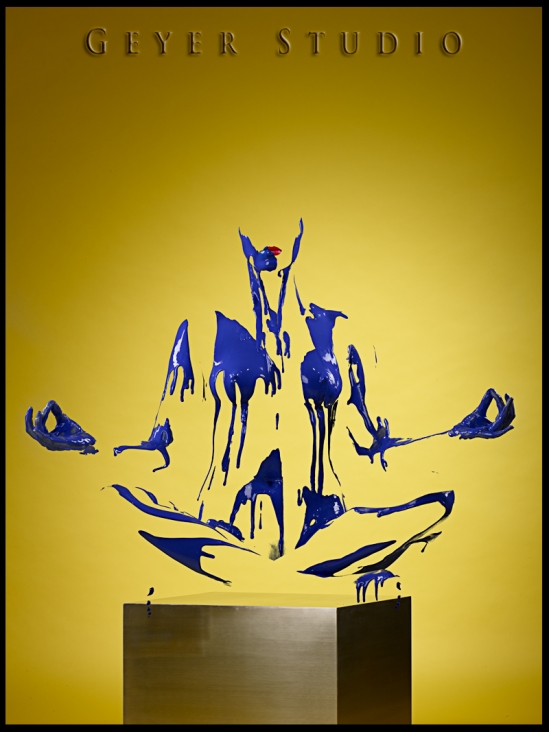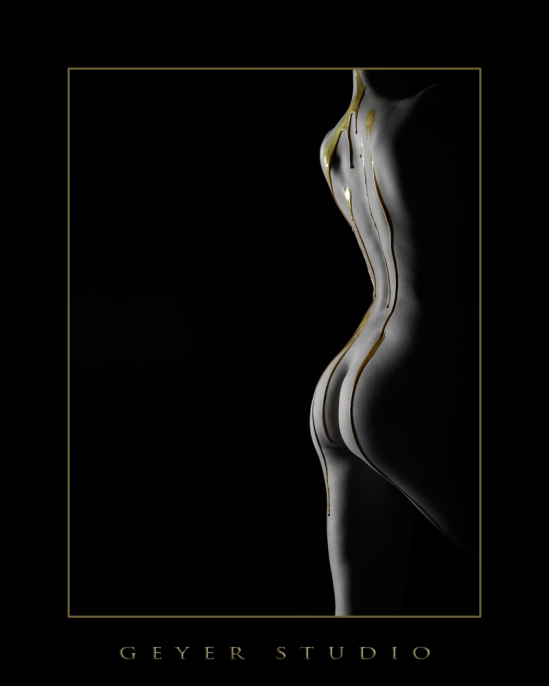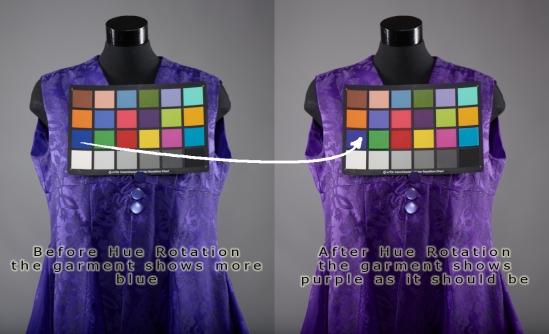Back in the fall of 2010 I spent a weekend shooting lingerie, shibari and fine art nudes with four different models at the Hazelton Hotel. Most of the shooting was done with a Phase One P65+ and Phase One DF with profoto strobes and a variety of light modifiers. But a few days before the shoot, after a long wait, my Arca Swiss M-Monolith view camera arrived. I just had to unpack it, set it up and give it a go.
Since a view camera is a slow, contemplative tool, it is not suited to shooting fashion, glamour, or most of what I was doing that weekend. But shooting artistic nudes? Sure, why not? I set up the Arca in the living room and framed the camera on the doors to the balcony of the suite before the model arrived. This gave me time to focus the camera and set up the framing. When the model arrived, I merely showed her where I wanted to photograph her.
The model, (Erin), was a very experienced nude model, and is herself an artist. She was perfect. Not only was her body beautifully proportioned, she knew how to pose fabulously creating interesting lines within the frame.
The problem with the world is that the dynamic range (the range of light and shadows) can sometimes be far beyond the dynamic range of film or a digital sensor. The P65+ I paired with the Arca Swiss has about as good a dynamic range as one can get now, but the scene I was capturing every time I pressed the cable release did extend beyond that which could be captured by a single exposure. And given that it was my first shoot with the Arca, I had forgotten to bring a sync cable to use fill flash to balance the internal light with the more powerful sunlight coming through the balcony. Consequently, the raw capture was exposed perfectly (or at least as I wanted it) for the model, missed the shadows inside the room, and was blown out in the highlights outside.
But, processing the raw files three times (as captured, pushed two stops, and pulled two stops) in Capture One Pro, layering the files and masking selected portions of each of the three layers reveals enough of the shadows inside the room, and retains the highlight detail outside. Here is one of those shots, at pulled two stops, as shot, and pushed two stops.
Clearly, the image as captured was just fine, but not fine art; there are details in the shadows of the drapes that I wanted to recover, and the outside buildings are pretty blown out. The image underexposed by two stops reveals the details in the buildings outside the room but blocks up the shadows in Erin’s body a bit too much for my liking. And the image overexposed by two stops reveals the details in the drapes, while totally blowing out large areas of the background and balcony.
Layering these images, masking out the portions that are undesirable produces an image that I am pleased with: the folds in the drapes are present but not distracting; there is some detail in the background buildings above the steam; and Erin’s beautiful pose is the centrepiece.

Erin, artistic nude at the Hazelton Hotel. Arca Swiss M Monolith, Schneider Kreuznach Apo Digitar 72mm @ f8 for 0.5 seconds, P65+ digital back @ ISO 50; three layer TIFF files from a single capture to extend dynamic range.



















